Many modern styles today are restrained in their color schemes and conservative in their decor. It can get a bit tiring sometimes to see nothing but neutral modernist homes and staid traditional layouts with few interesting decorative elements and not much flare. Sometimes you need to spice things up in life to keep things interesting, and that means going for funkier and more interesting visual aesthetics. And if unconventional is your style, then you’ve probably had a few brushes with eclectic interior design. Eclectic design is about more than just putting some random colorful stuff together and hoping nothing clashes.
Instead, it’s a well-developed design philosophy that has some basic guidelines that make this design style attainable for anyone. Unlike more traditional design trends, the eclectic setup is free of rigid rules, which allows for a lot more experimentation. All you need is a vision and an openness to new and unconventional ideas with your interior design. Building an eclectic-style home may be challenging at first since it is not like long-established styles such as the traditional style. But in the end, it can be tremendously rewarding as you’ll be left with a home that’s unlike any other in looks and character.
Roots of the Eclectic Style
The eclectic style is a product of aesthetic trends that began to make their way into architecture by the late nineteenth and early twentieth centuries.
A Ride Down Etymology Lane
To understand its genesis, it’s worth exploring the meanings and origins of the word itself, “eclecticism”. This comes from the Greek word eklektikós, and it basically means “selective” or “choosy”. In the context of the eclectic design style, this translates to “choosing only from the best”, and that’s pretty descriptive. Instead of consisting of just one narrow design style, eclectic decor comes from a wide range of different styles such as Byzantine, traditional, Modernism, Neoclassicism, and many more. Originally, the eclectic interior design style was never meant to be a well-defined style. Instead, it was supposed to be an “anti-design style”, not mean to adhere to any strict guidelines.
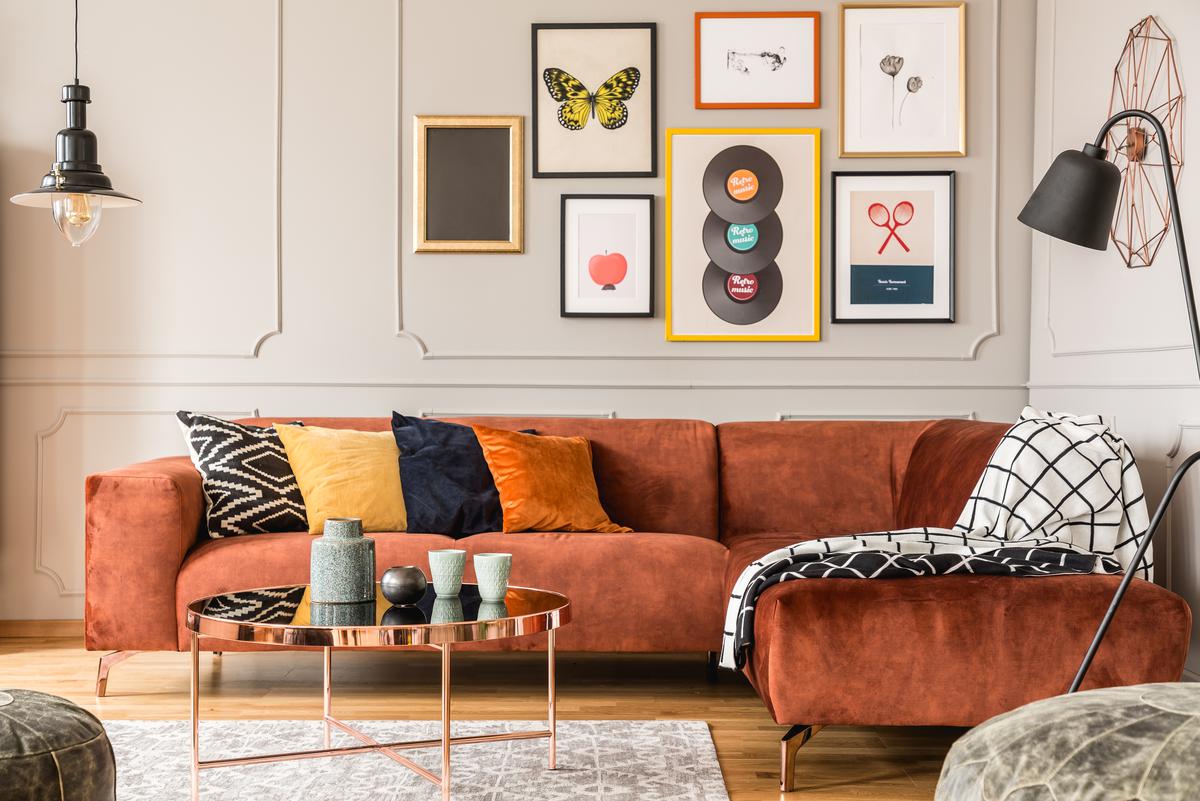
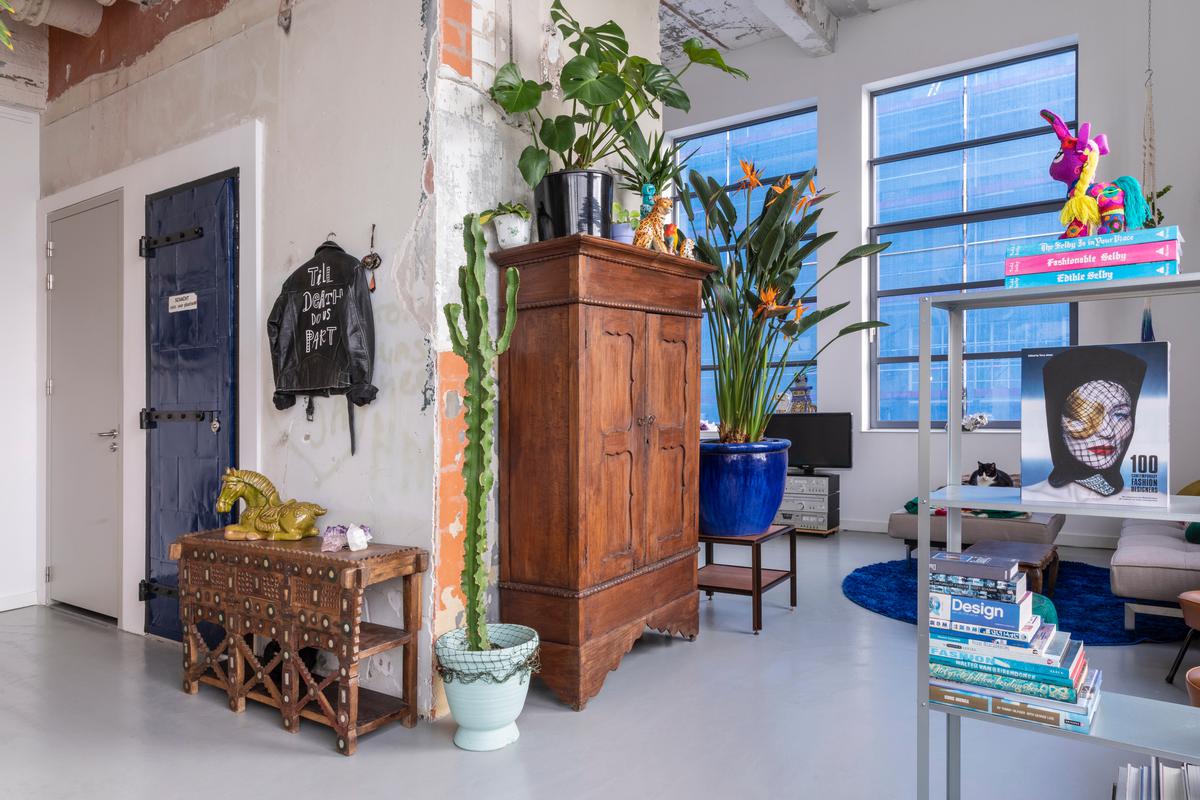
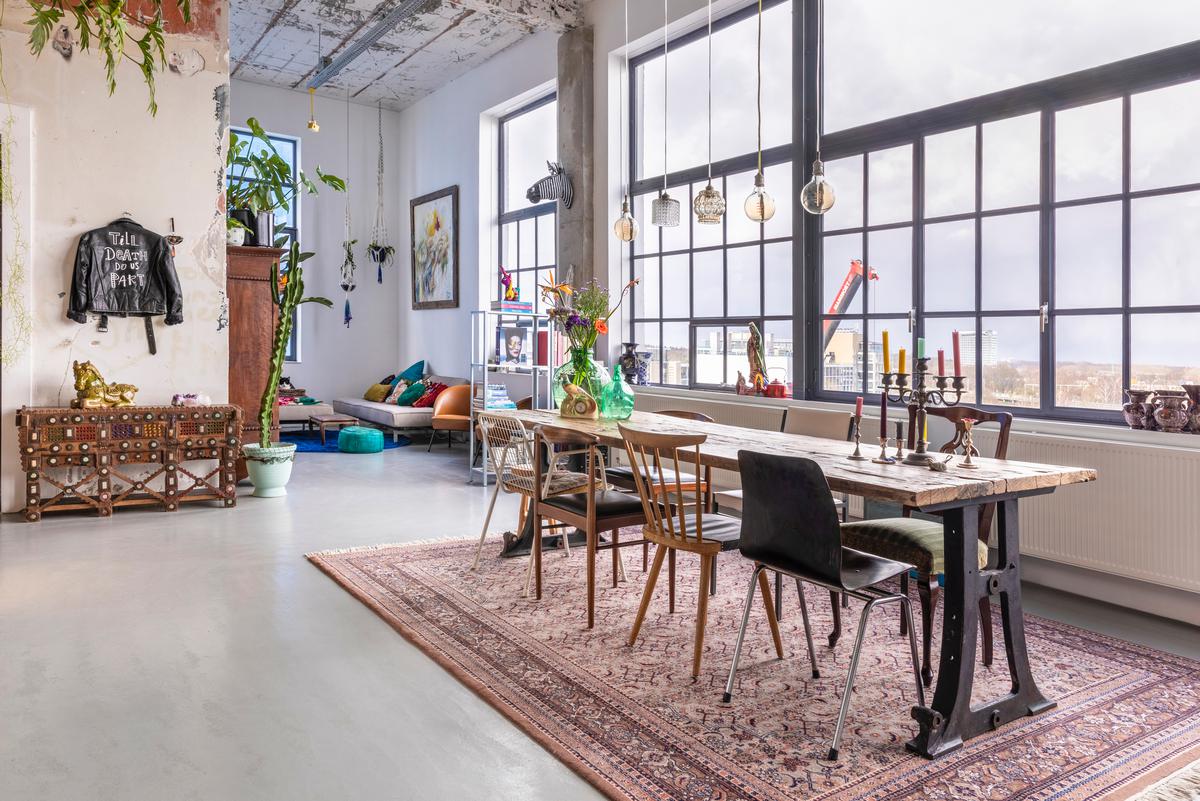
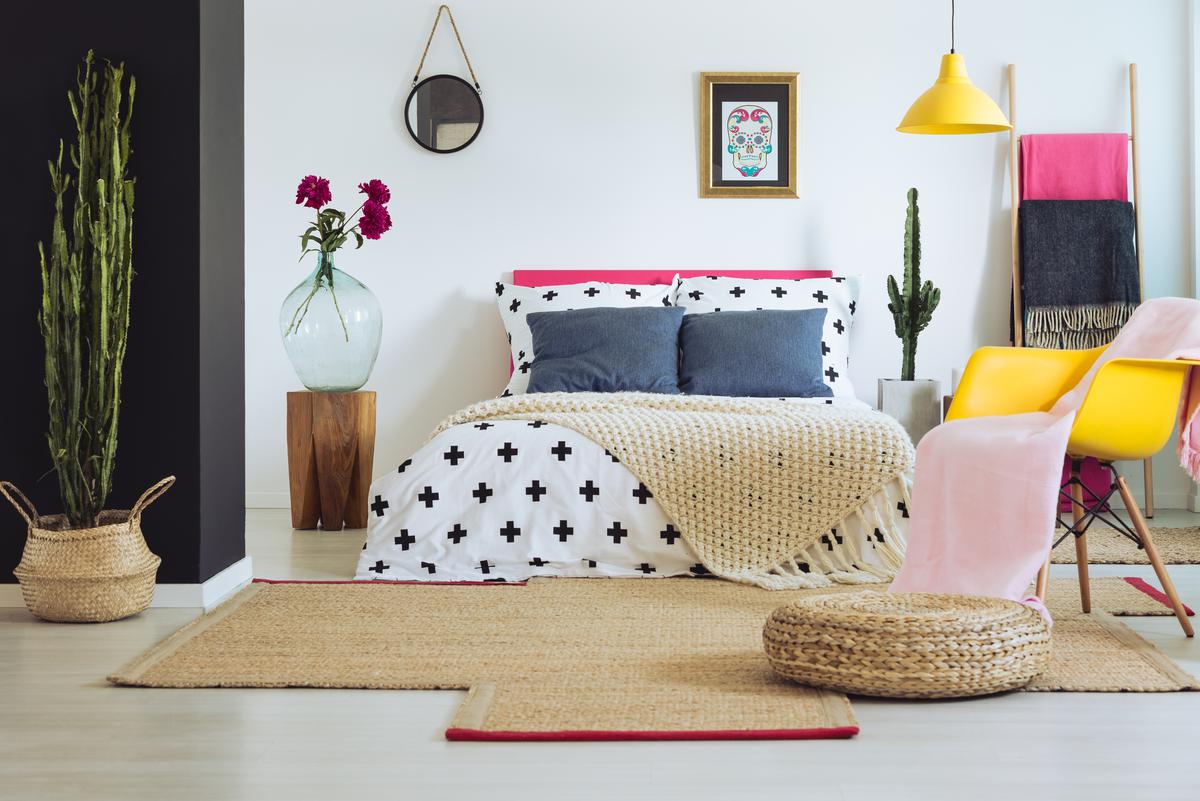
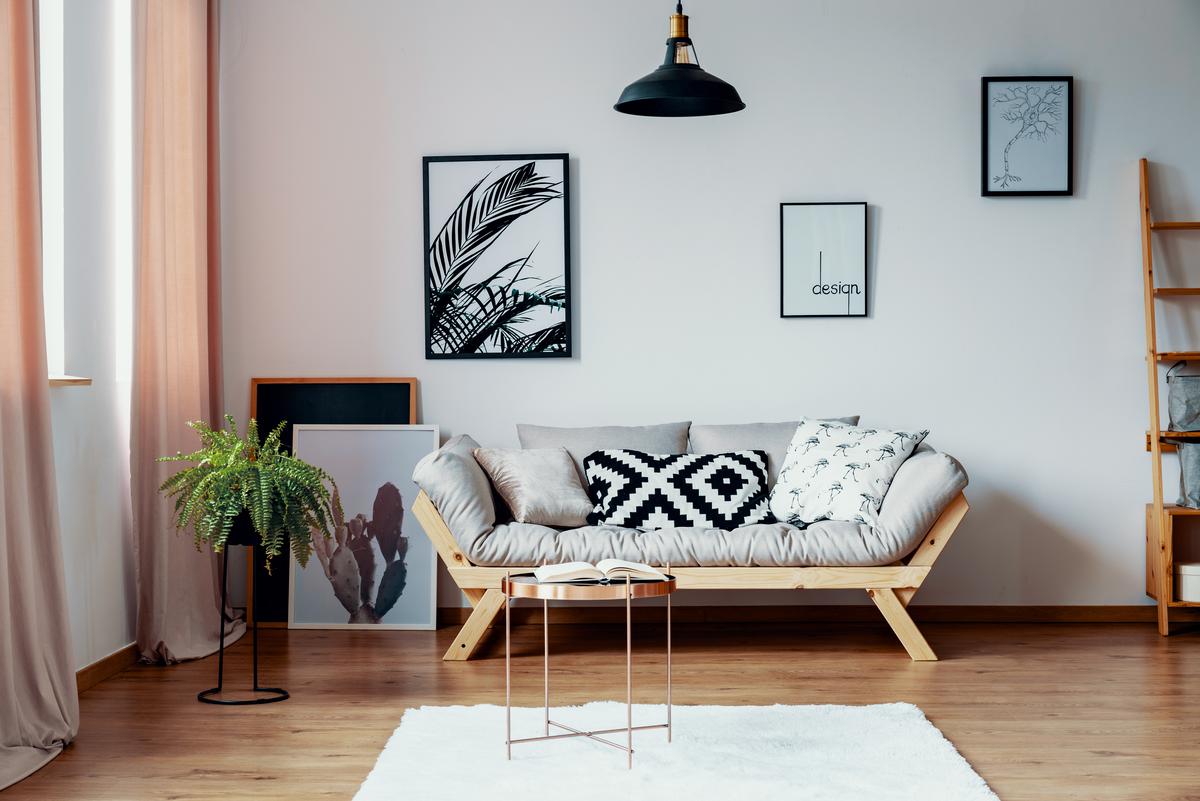
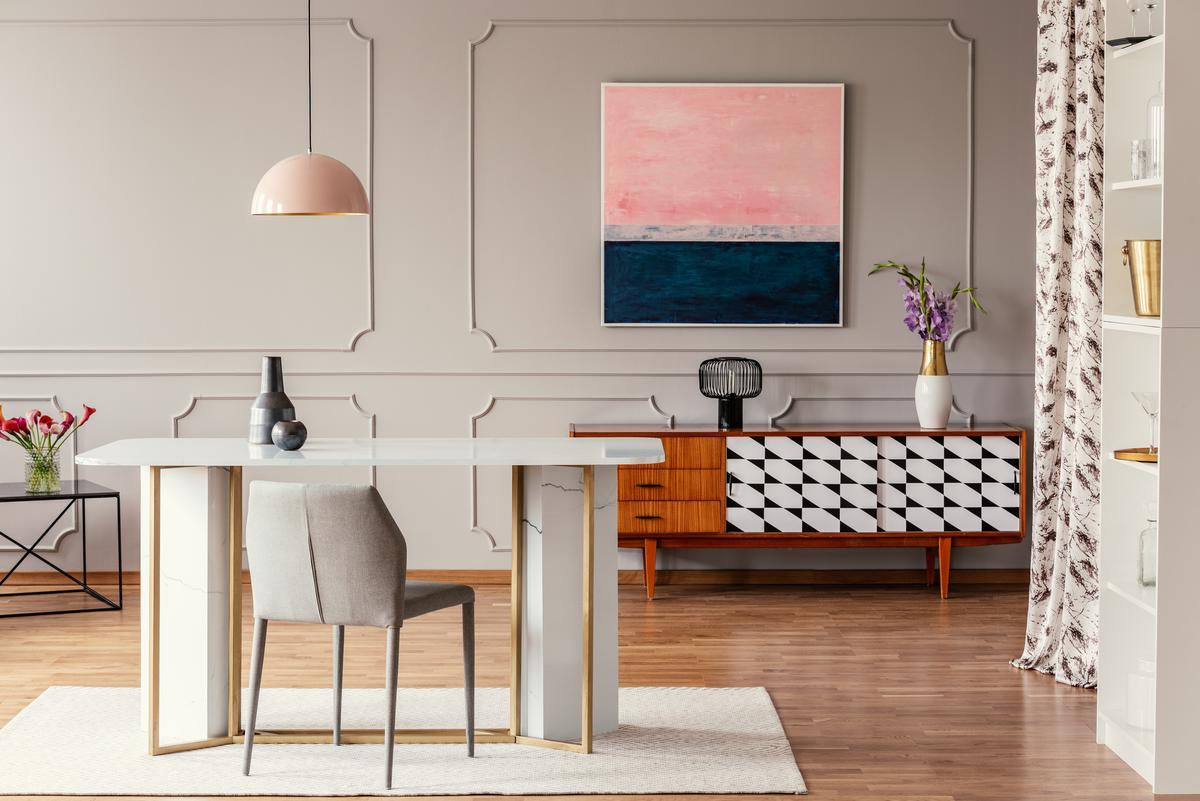
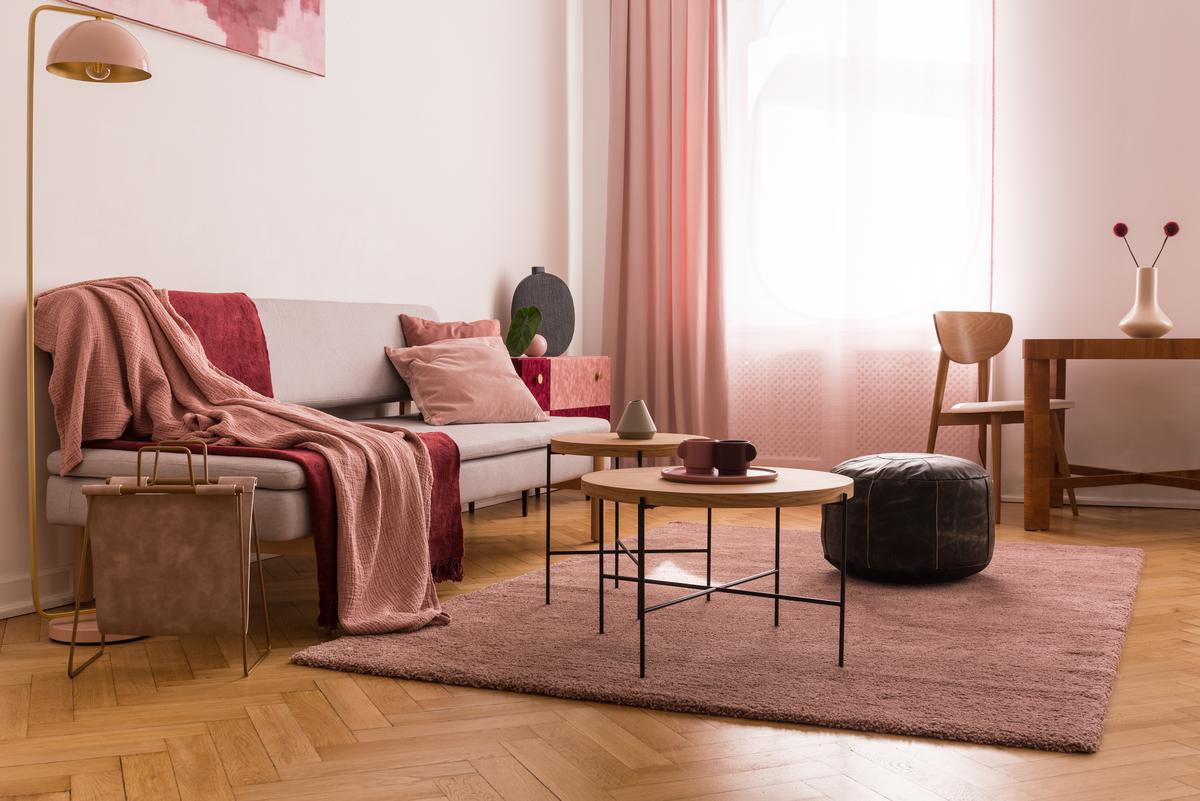
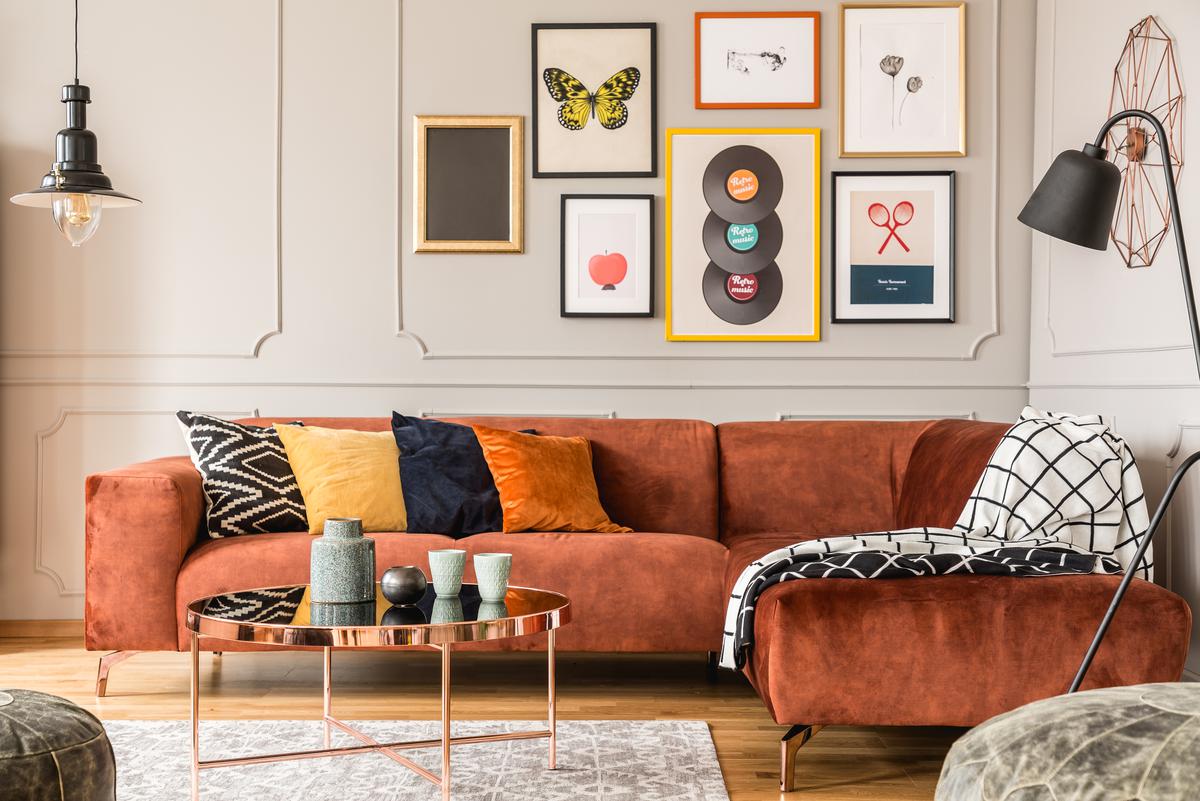
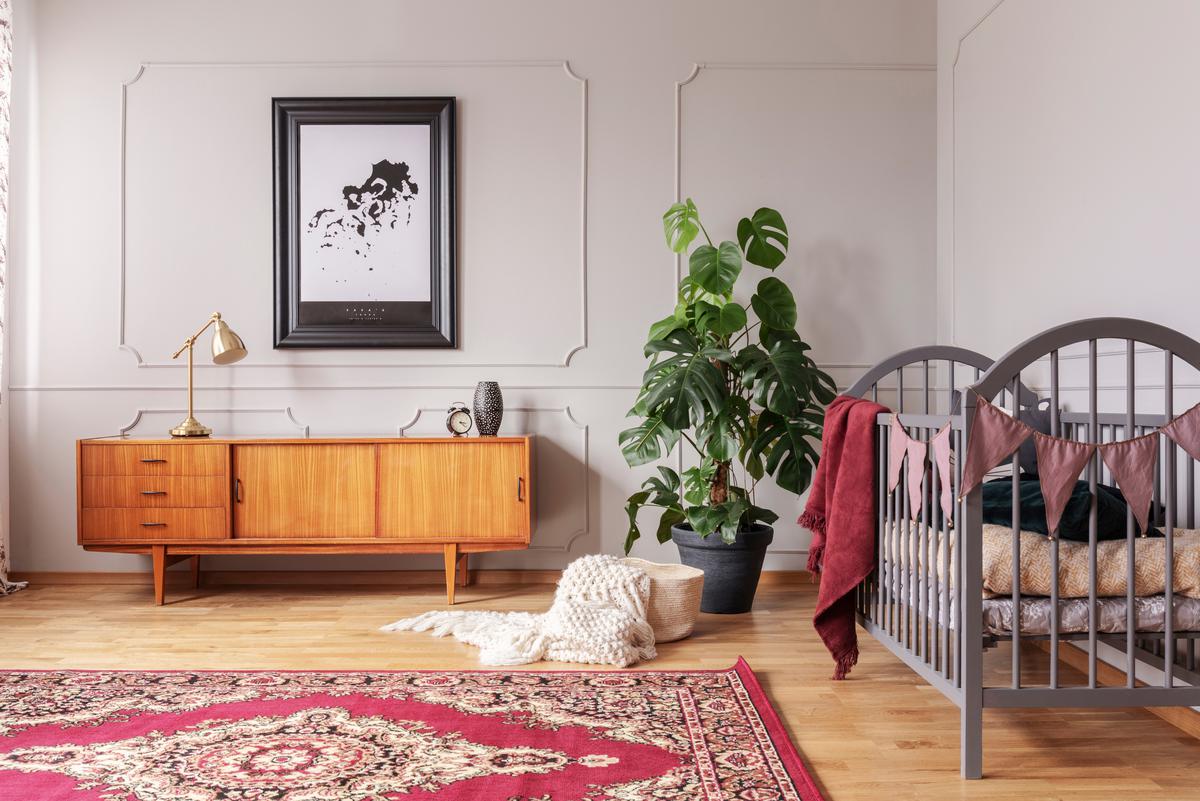
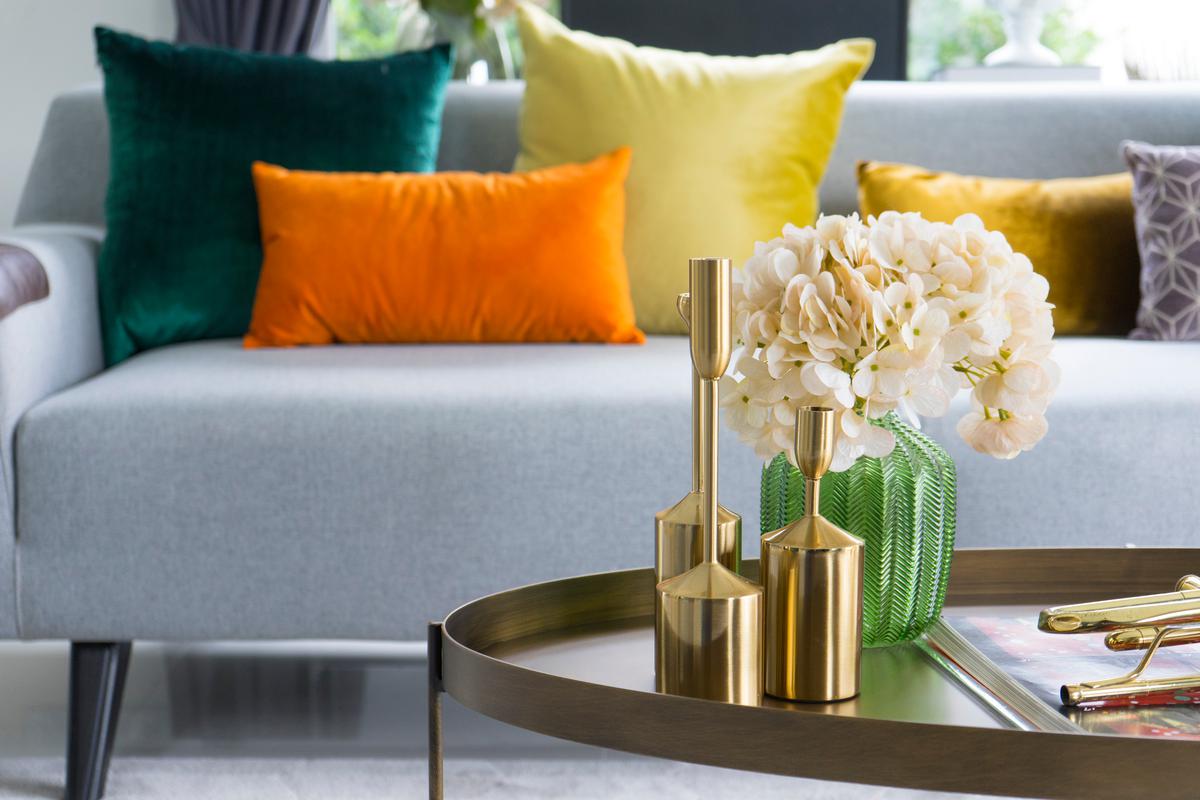


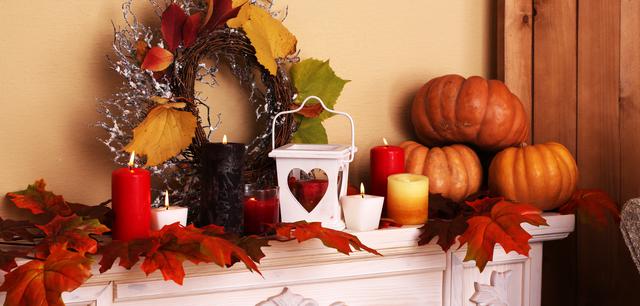


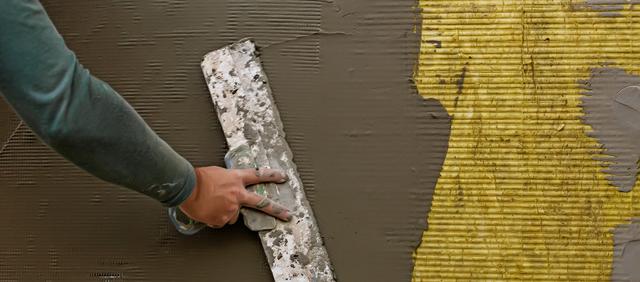
comments